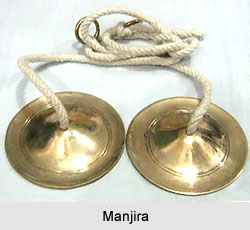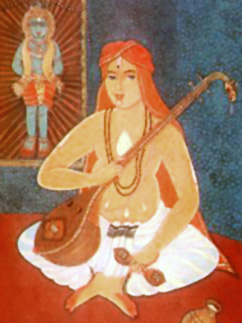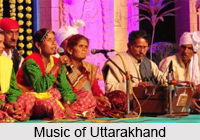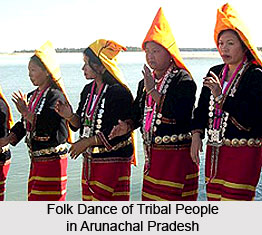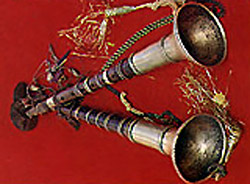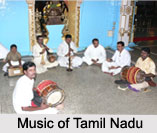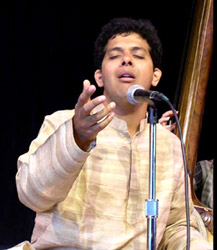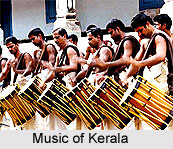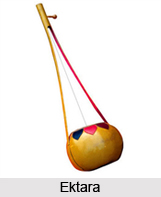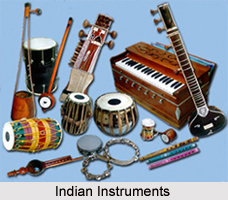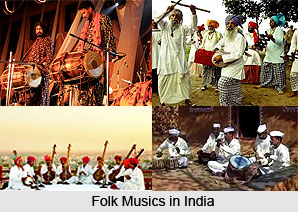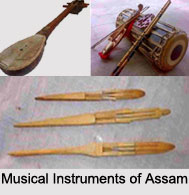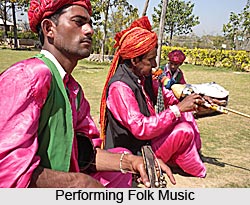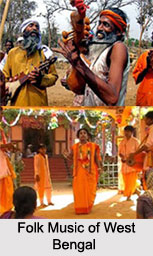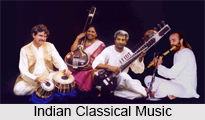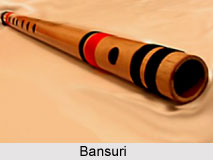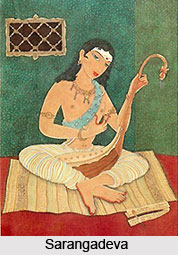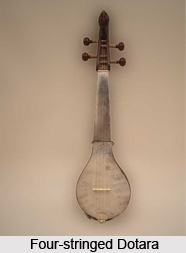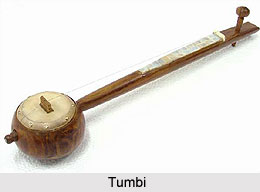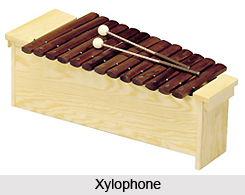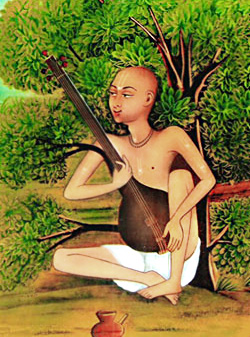 Cija in Hindustani Classical music refers to a composition of words set to music (mostly to a raaga). Its main purpose is to act as a vehicle of the exposition of the theme of music, which may be raaga, or thumri in a raaga-anga or may be a ragamala. It is held that the traditional texts of the Cijas are our chief source for determining raaga-svarupas and therefore deserve to be treated as sastras. These cijas are primarily raaga bandisas and as such are useful as raaga studies for vocalists as well as instrumentalists. The cijas of dhrupad-dhamar require special mention, as they provide us the first link in our present-day tradition. For the study of raaga-anga and raaga-svarupa, the cijas both of dhrupad-dhamar and khayal are valuable references, irrespective of their literary contents.
Cija in Hindustani Classical music refers to a composition of words set to music (mostly to a raaga). Its main purpose is to act as a vehicle of the exposition of the theme of music, which may be raaga, or thumri in a raaga-anga or may be a ragamala. It is held that the traditional texts of the Cijas are our chief source for determining raaga-svarupas and therefore deserve to be treated as sastras. These cijas are primarily raaga bandisas and as such are useful as raaga studies for vocalists as well as instrumentalists. The cijas of dhrupad-dhamar require special mention, as they provide us the first link in our present-day tradition. For the study of raaga-anga and raaga-svarupa, the cijas both of dhrupad-dhamar and khayal are valuable references, irrespective of their literary contents.
The necessity of understanding raaga tattvas with constant reference to cijas is especially important for the present situation. It has been said that the great vaggyekaras, (composers) Sadarariga Adaranga composed cijas numbering one lakh. Added to these are compositions in dhrupad-dhamar of Swami Haridas, Tansen, Baiju, Naval Kishoreji and other luminaries. The figure is a staggering one. To each one that is remembered today, at the least 200 has been lost to the age that has passed away. But the same is not the case with raagas, which have been preserved by khayal composers after understanding the raaga tattvas from the dhrupad-dhamar compositions. On account of our reliance on cijas, we have quite possibly lost some raagas. These facts point out to us that araaga-tattva is the main germ, words or no words, the main, and sometimes the only; concern of art music is to interpret raaga-tattva as felt by the artiste and to provide a firm basis for a system of tonal relationship.
The instrumentalists of the melodic type (wind and string instrumentalists), realize that the cija has exerted great influence over them. The binakars if they at all play a bandisa, mostly play a cija of dhrupad-dhamar; same is true with the shehnai, the flute, the violin and the like, which render gata-bandisa in the manner of Cija-bandisa.
The value of cija is not just limited to vocal music. Its influence extends aver all of Classical music. All instrumental music is bound to benefit from the cijas. The immense reverence with which the traditional cijas are held does not in any way mean that new compositions are not required. The values given to the traditional cijas are not in any way undermined by new compositions. Different artistes have different susceptibilities to words and hence a vocal artiste would like to use those words, those phrases, those sentiments, those inflections contained in words, which fulfil his artistic demands. So either he will compose or borrow from poetry. That is the true nature of music compositions with words.
